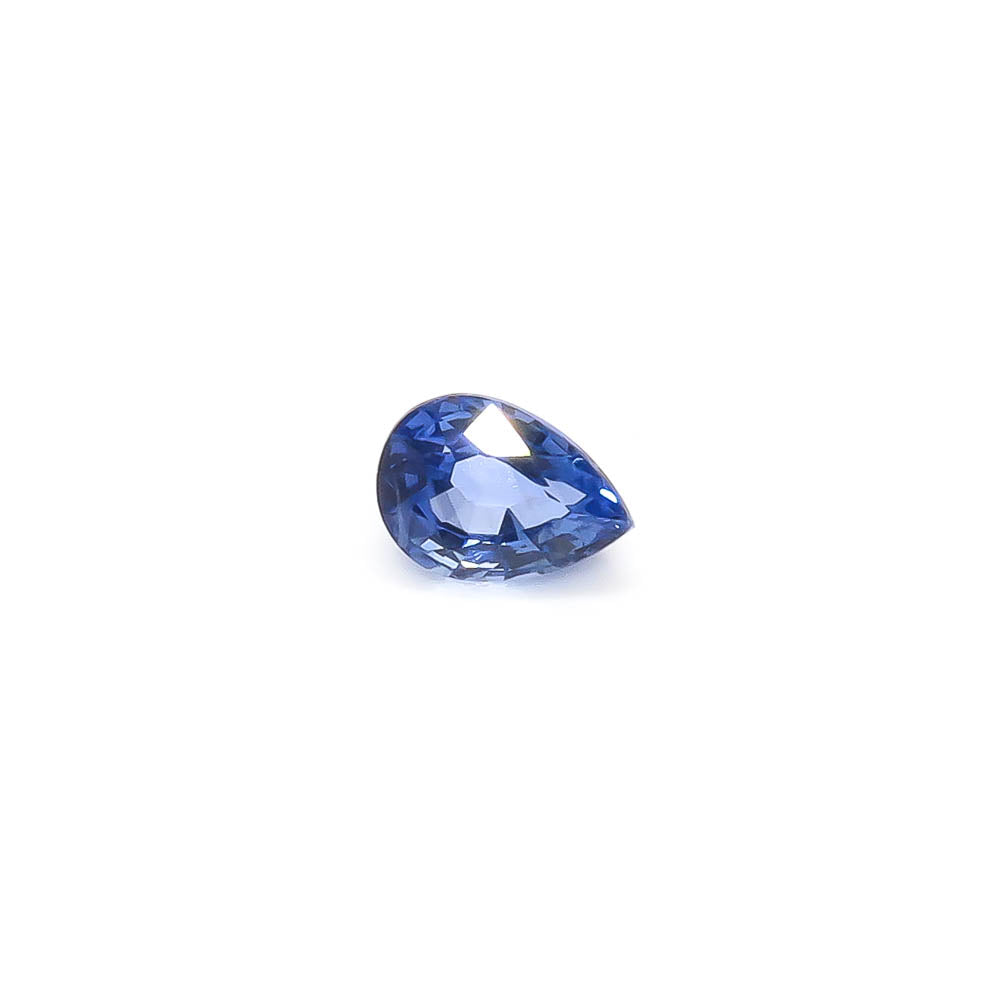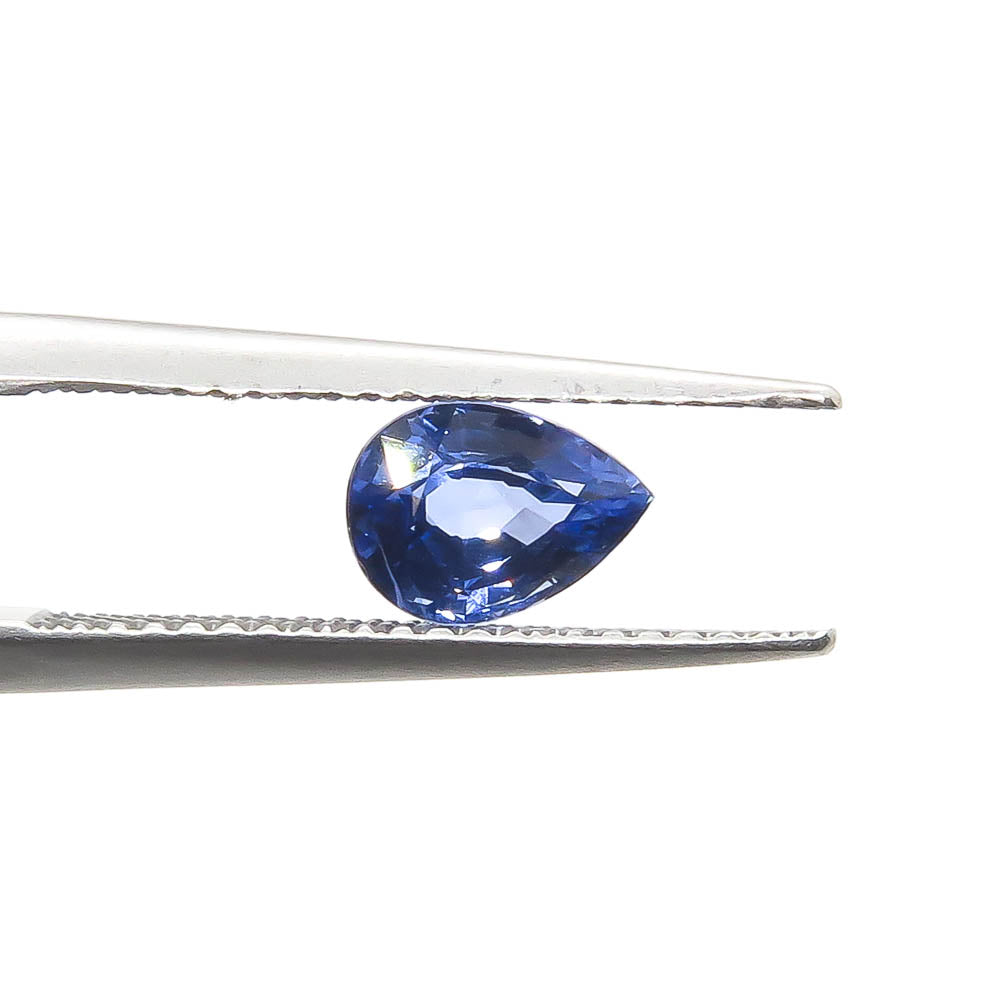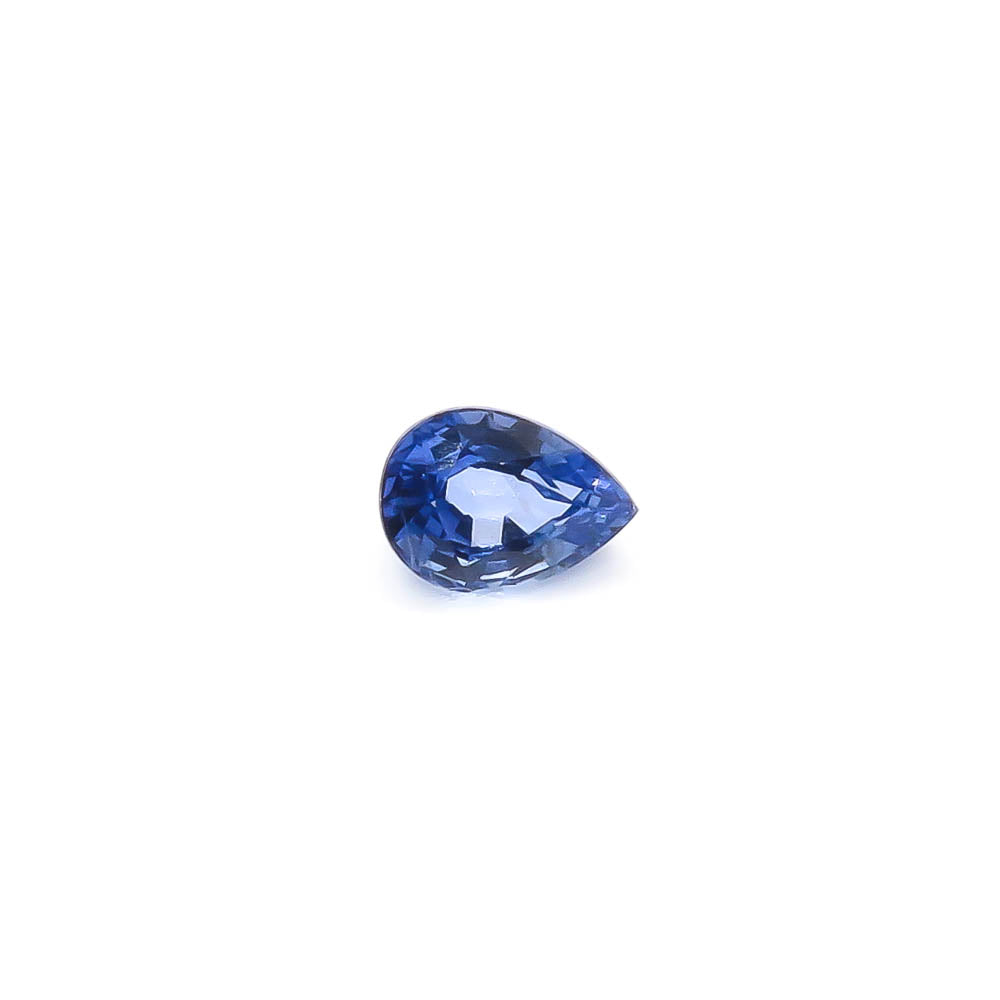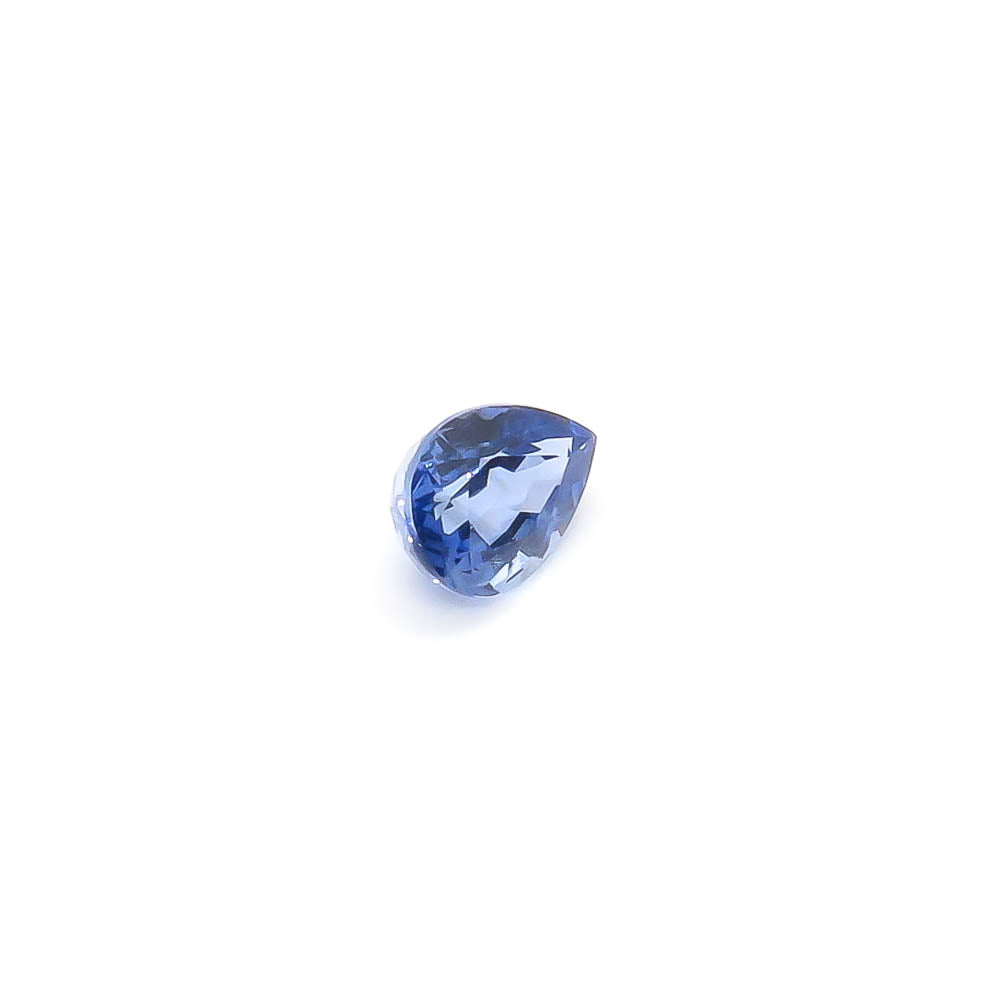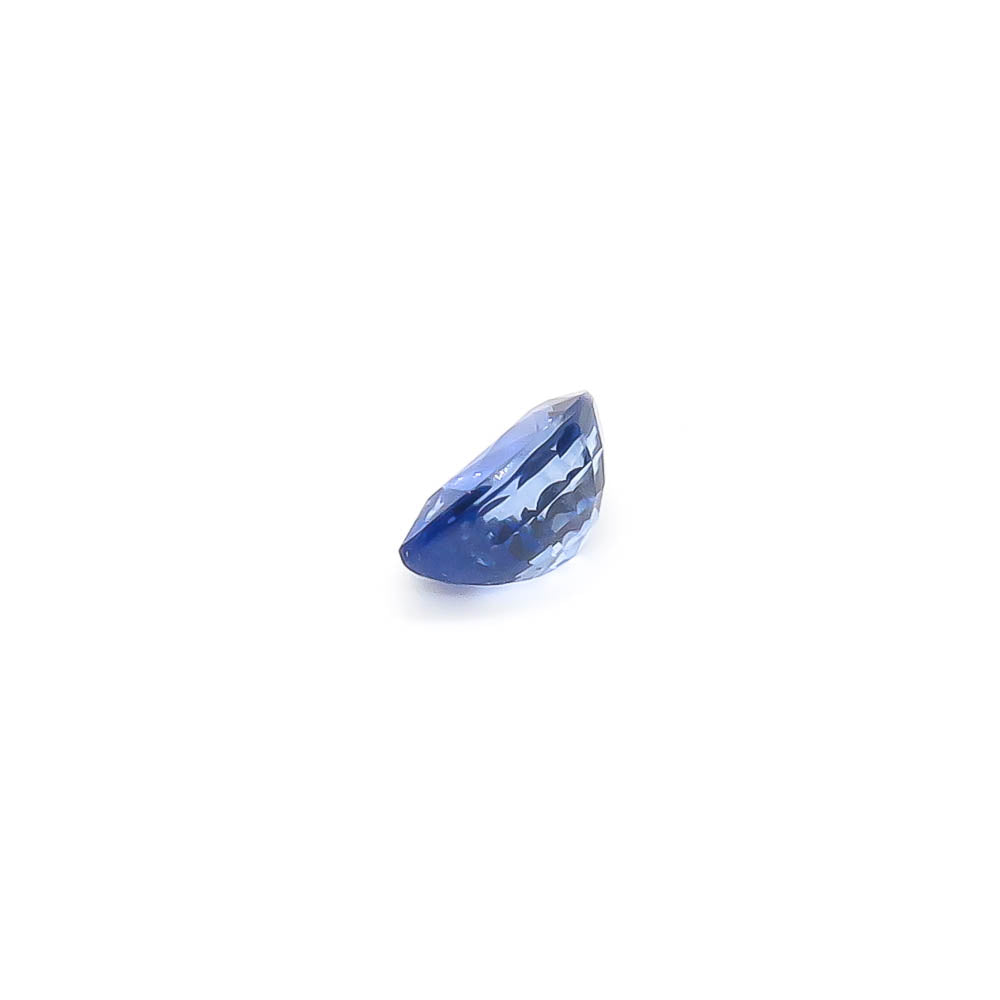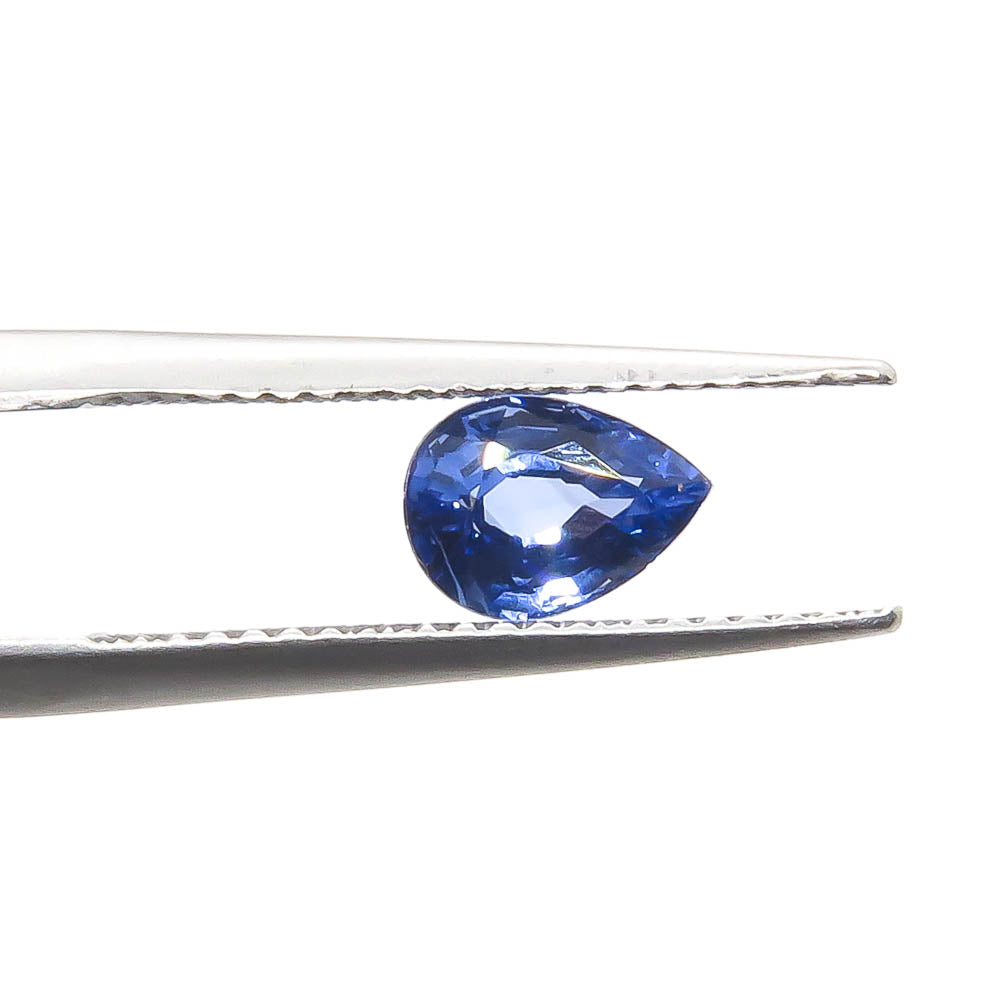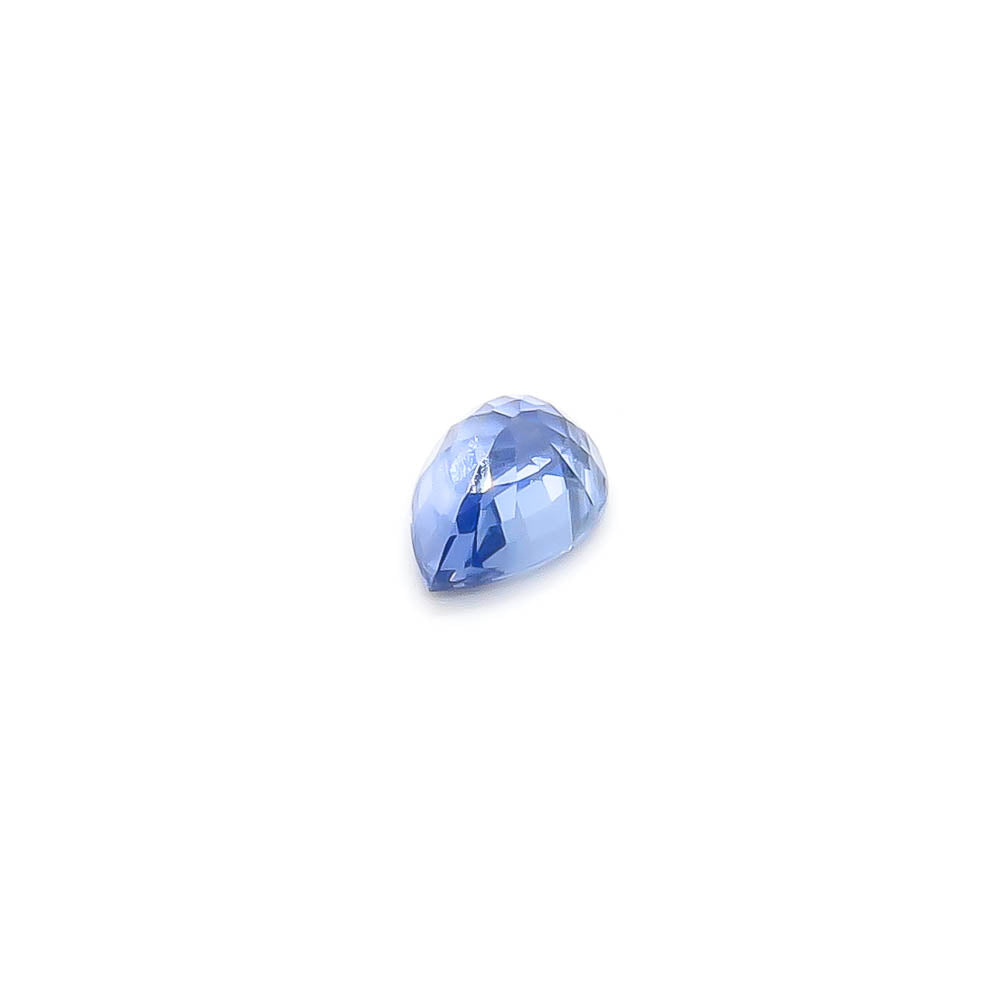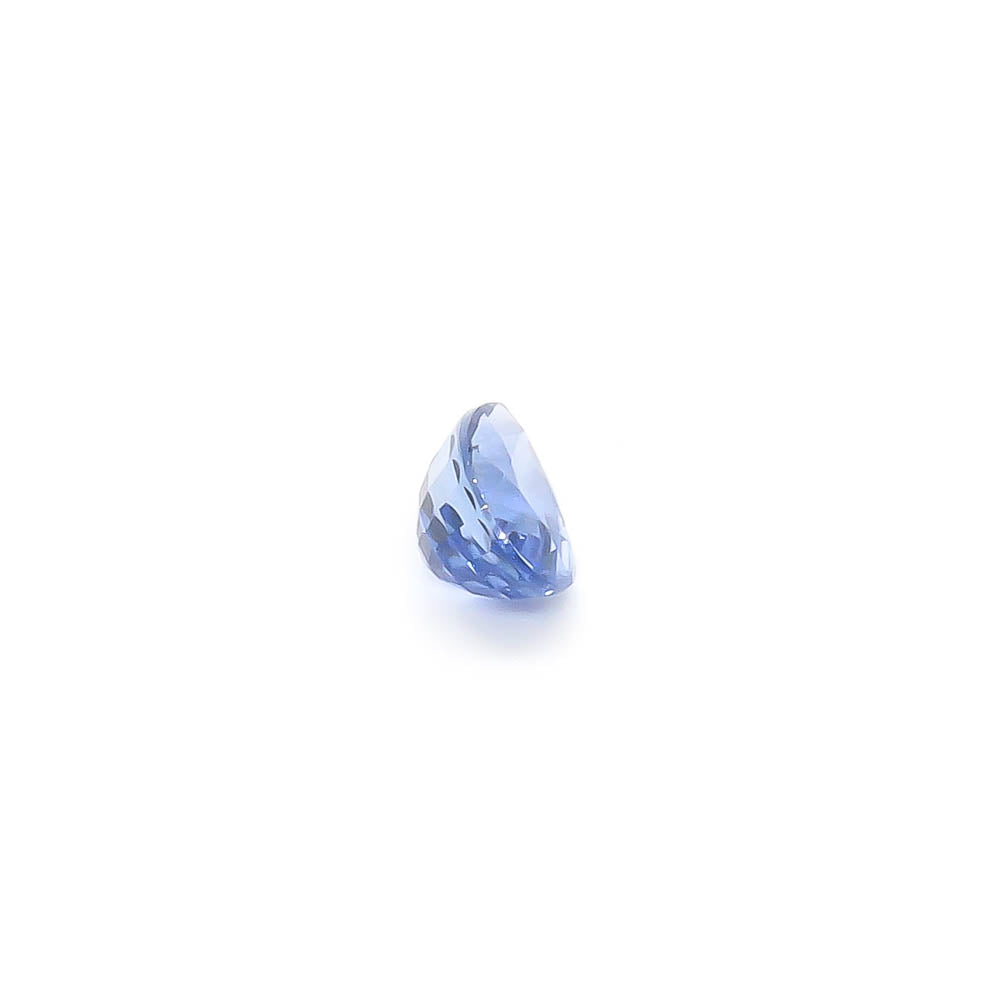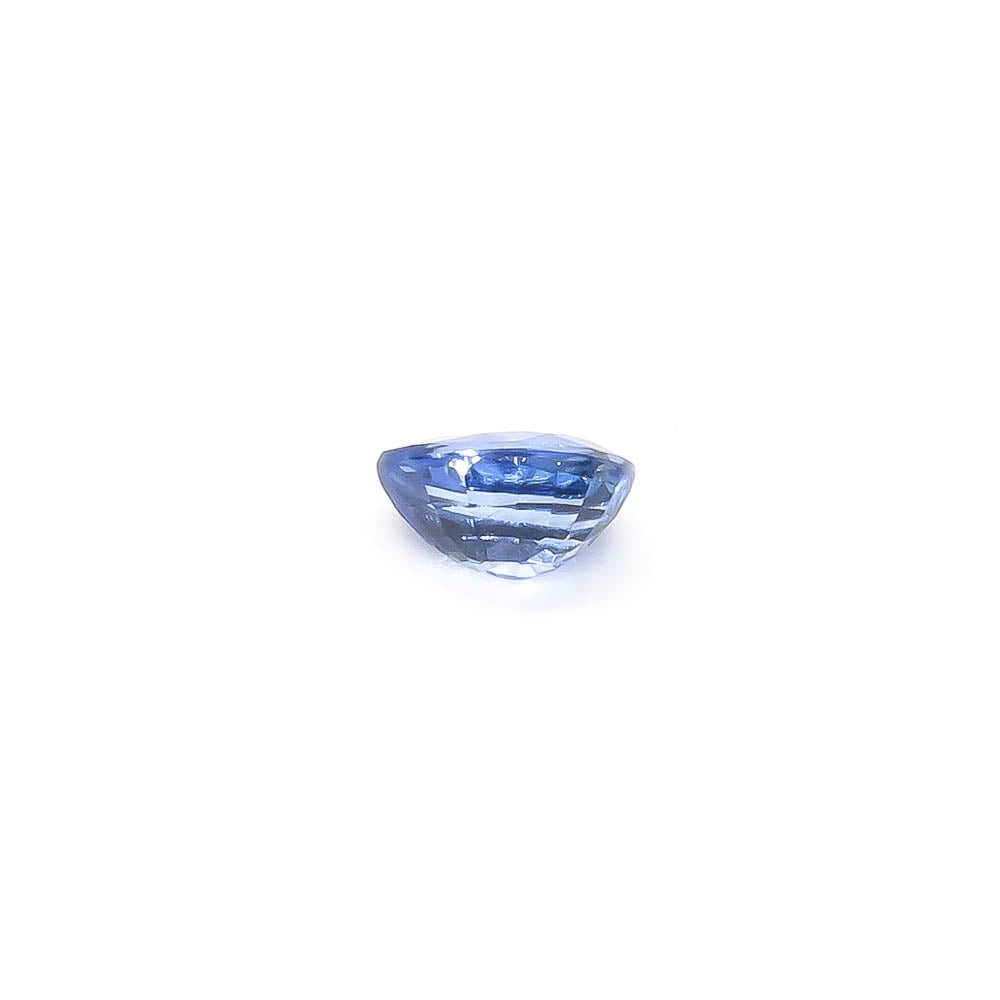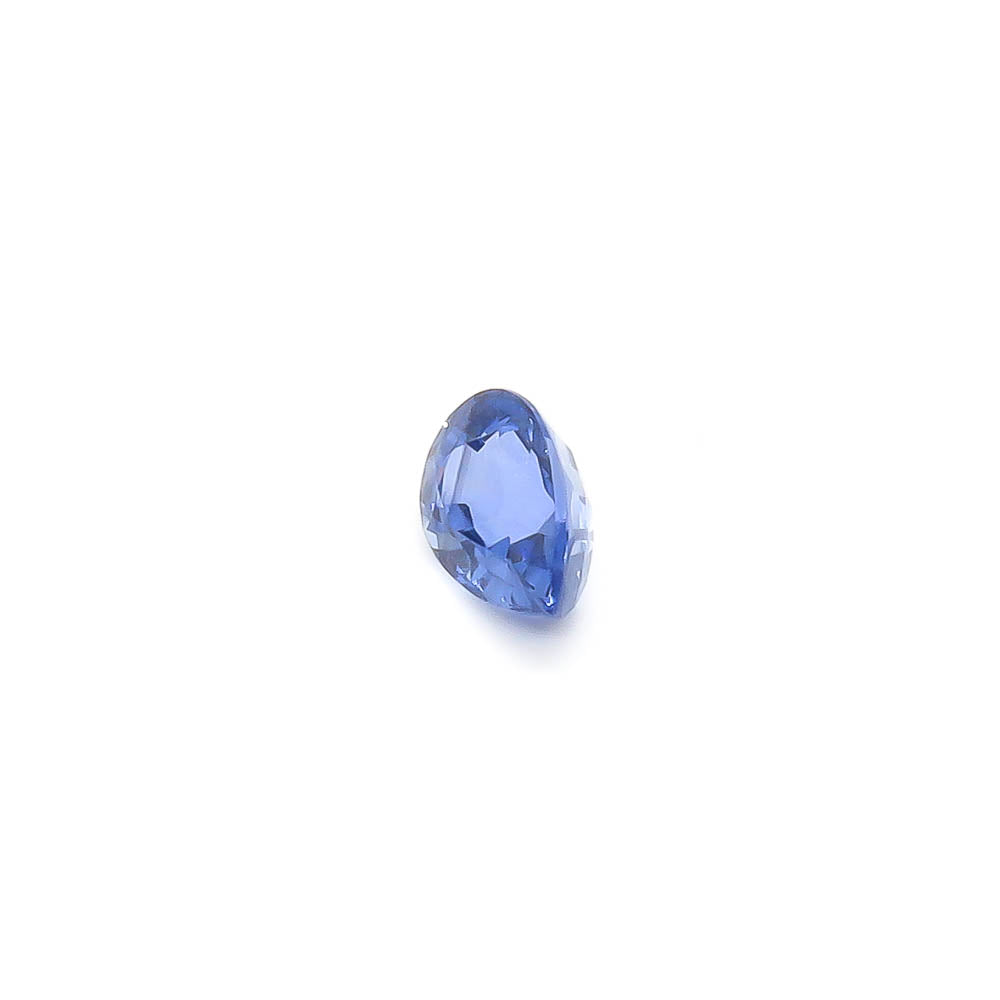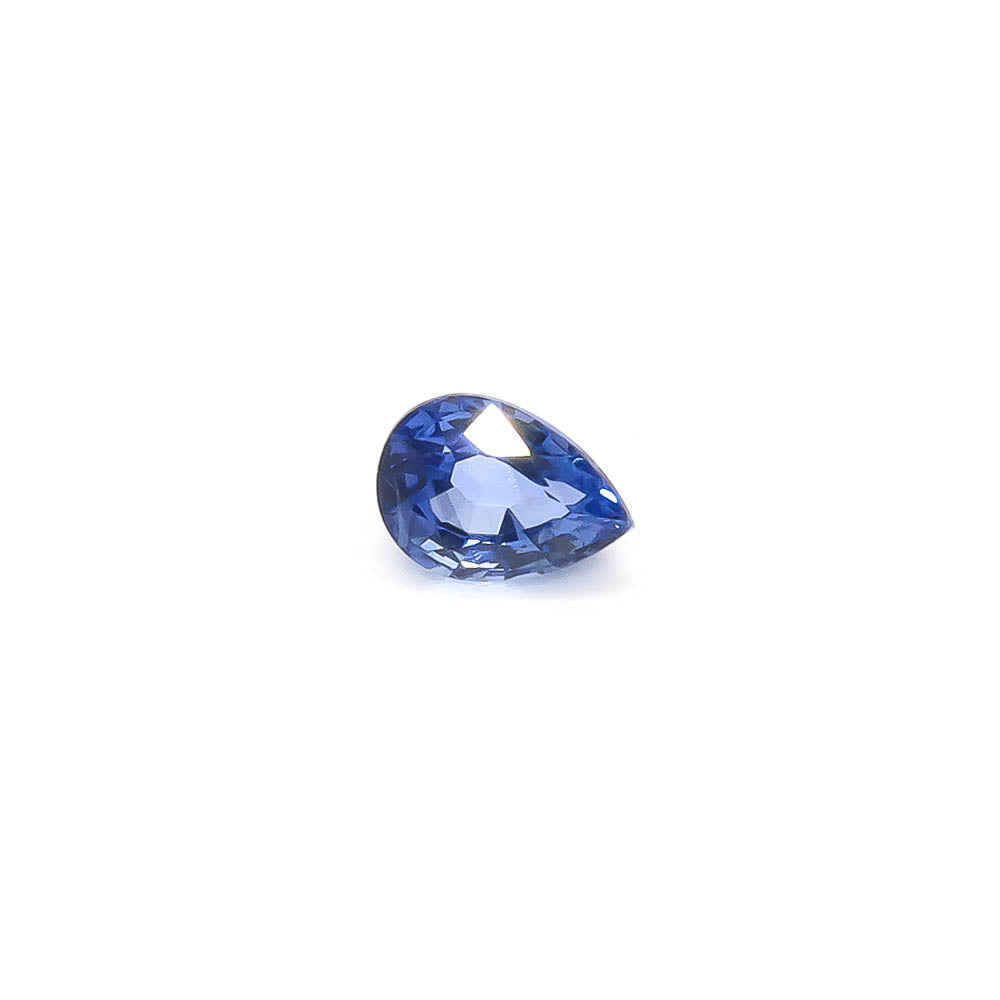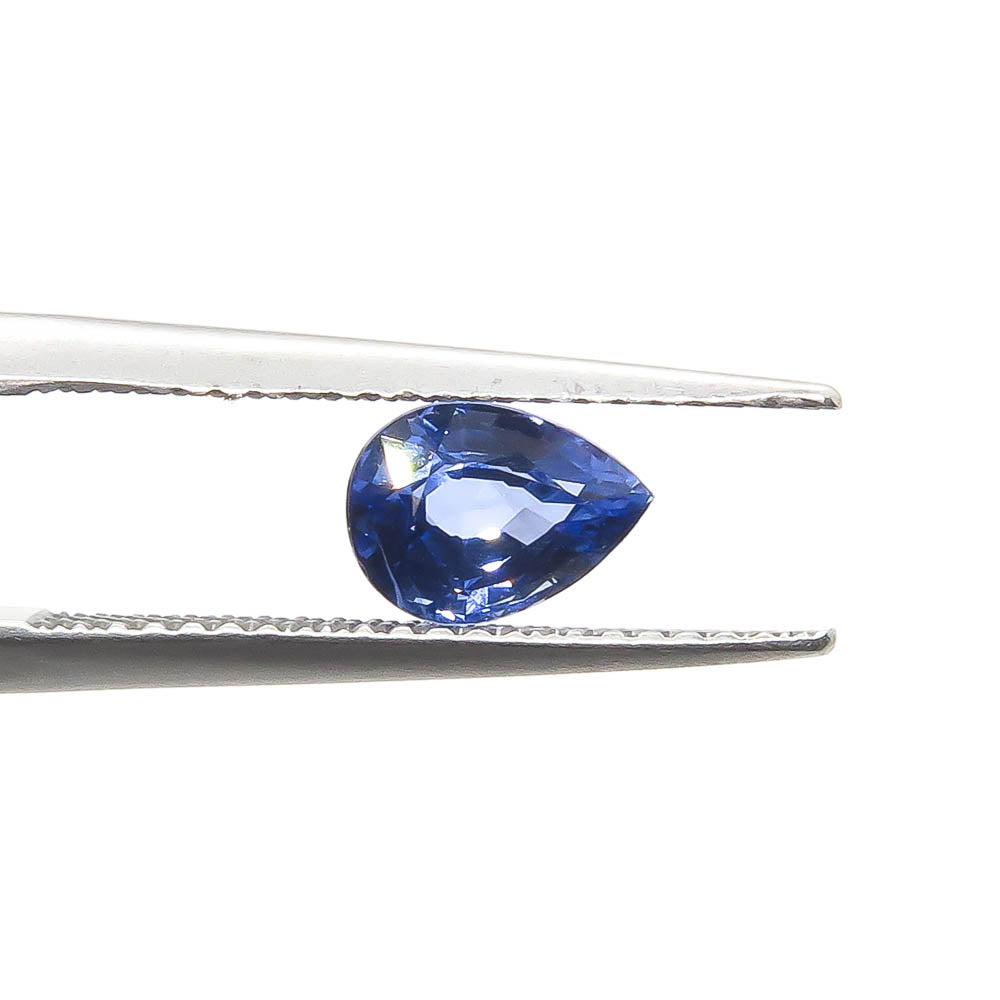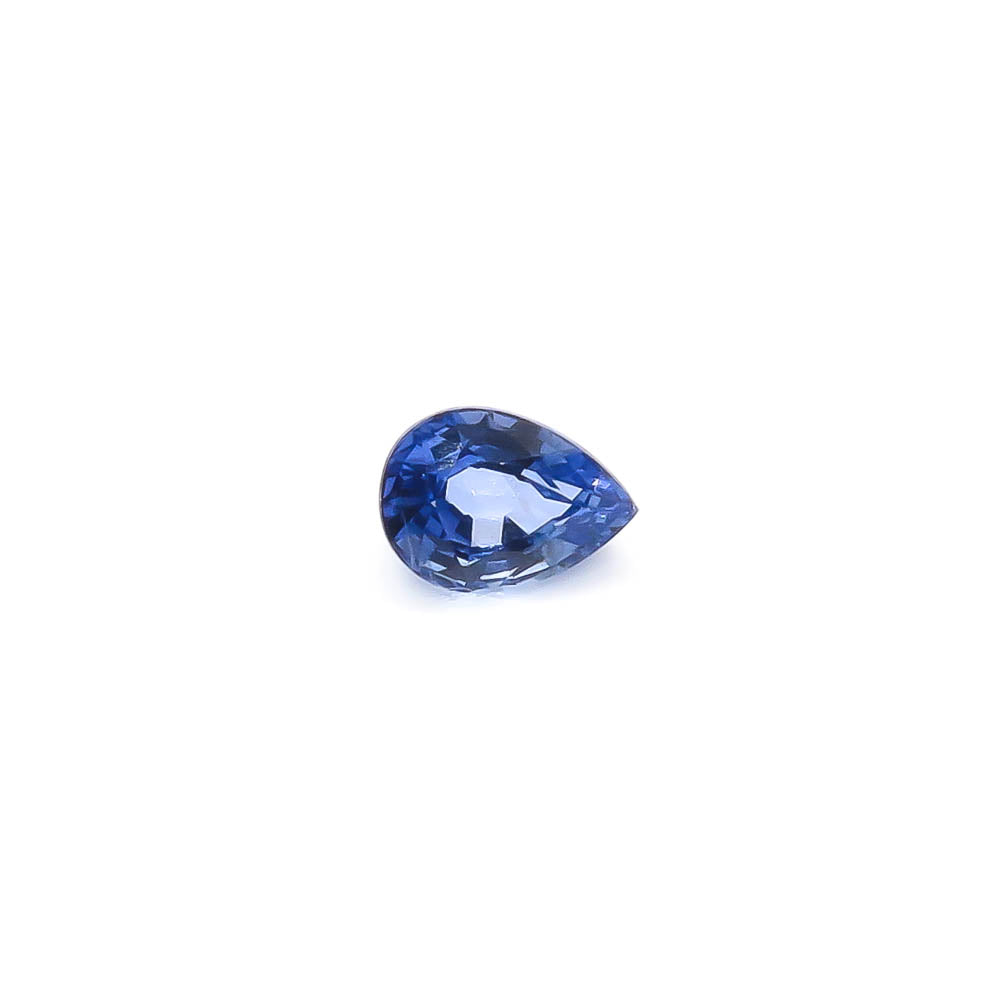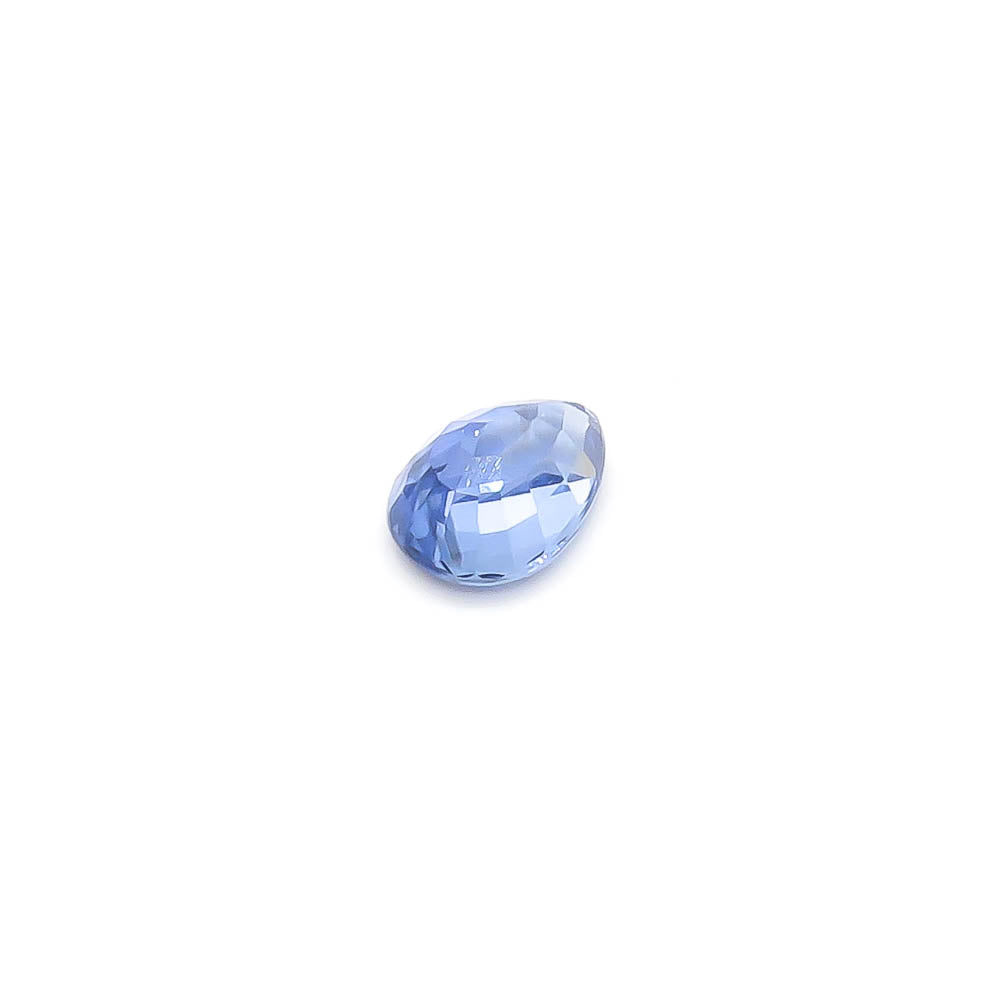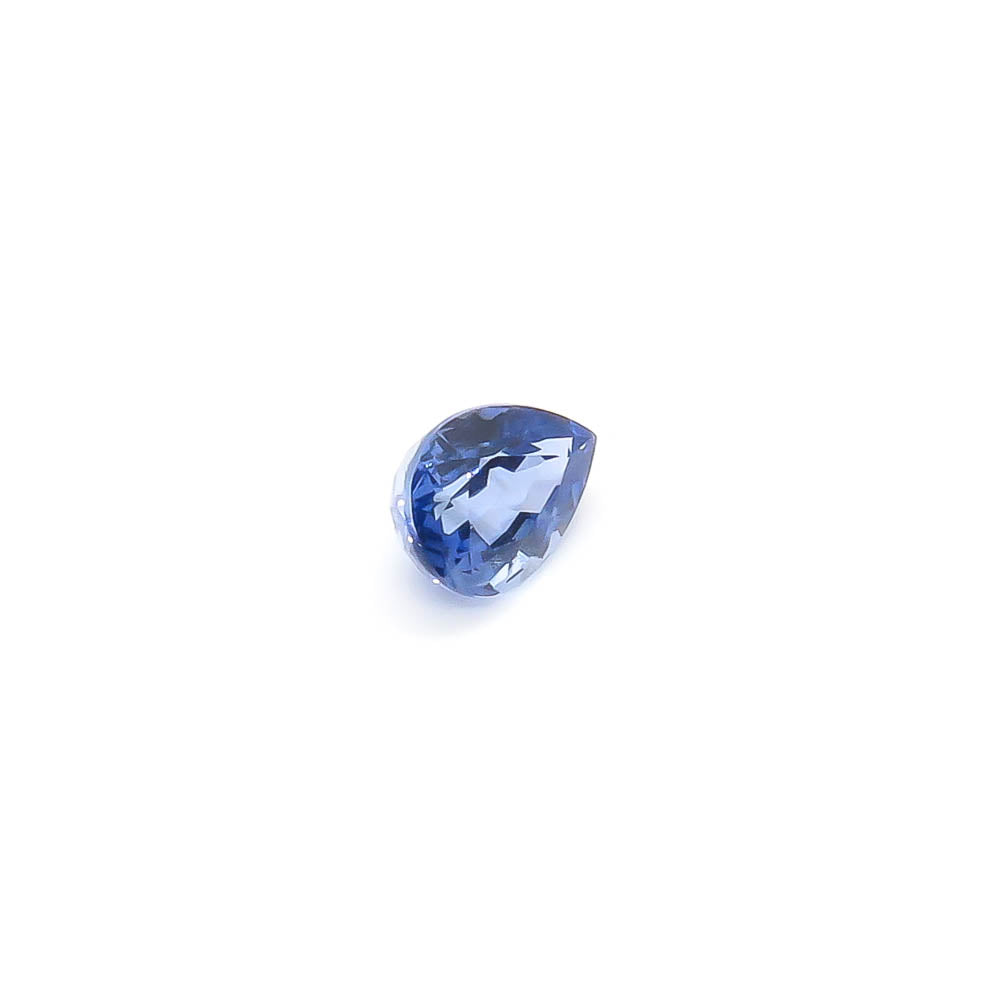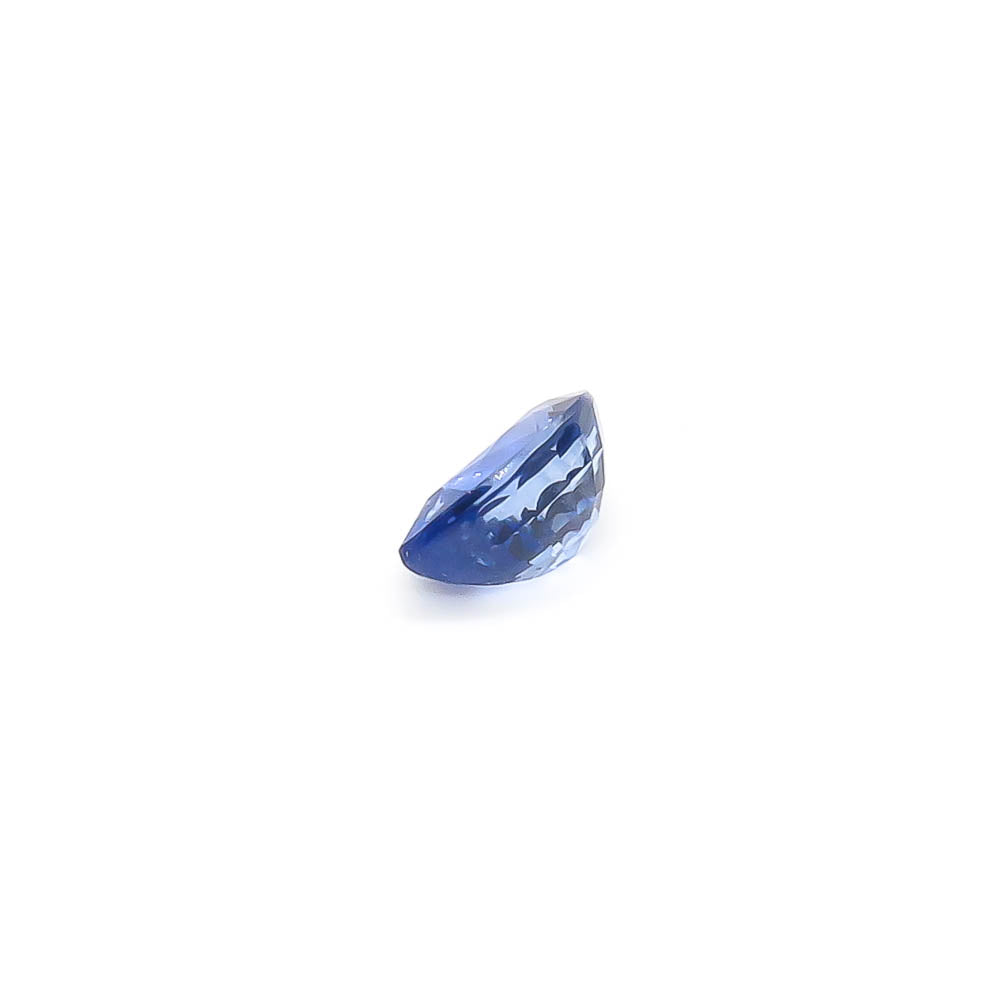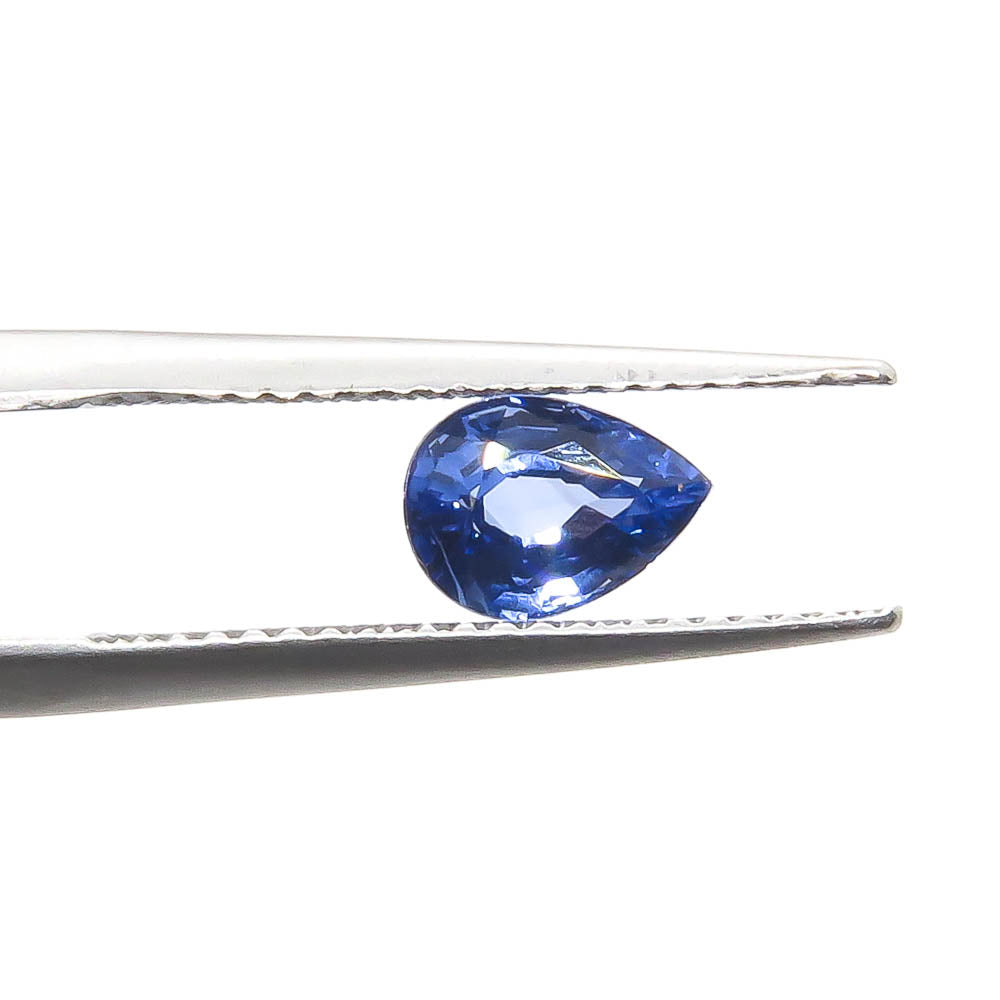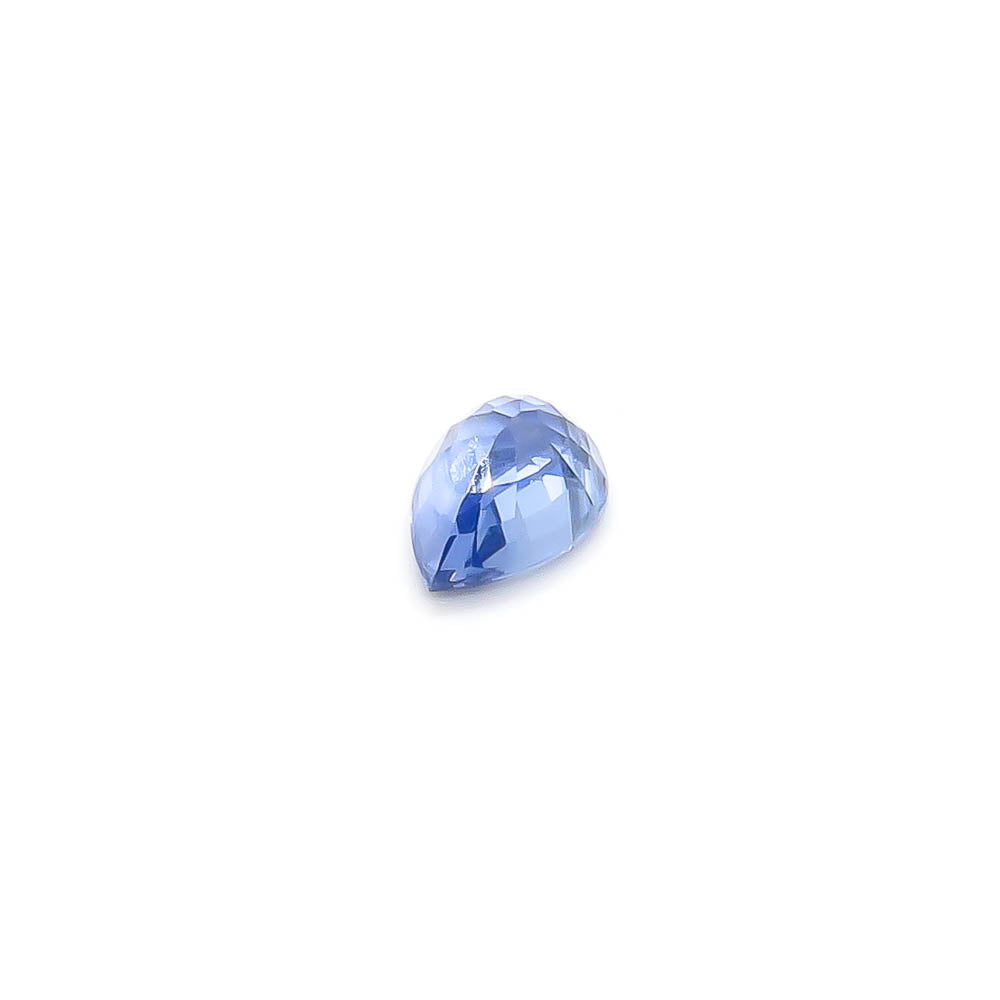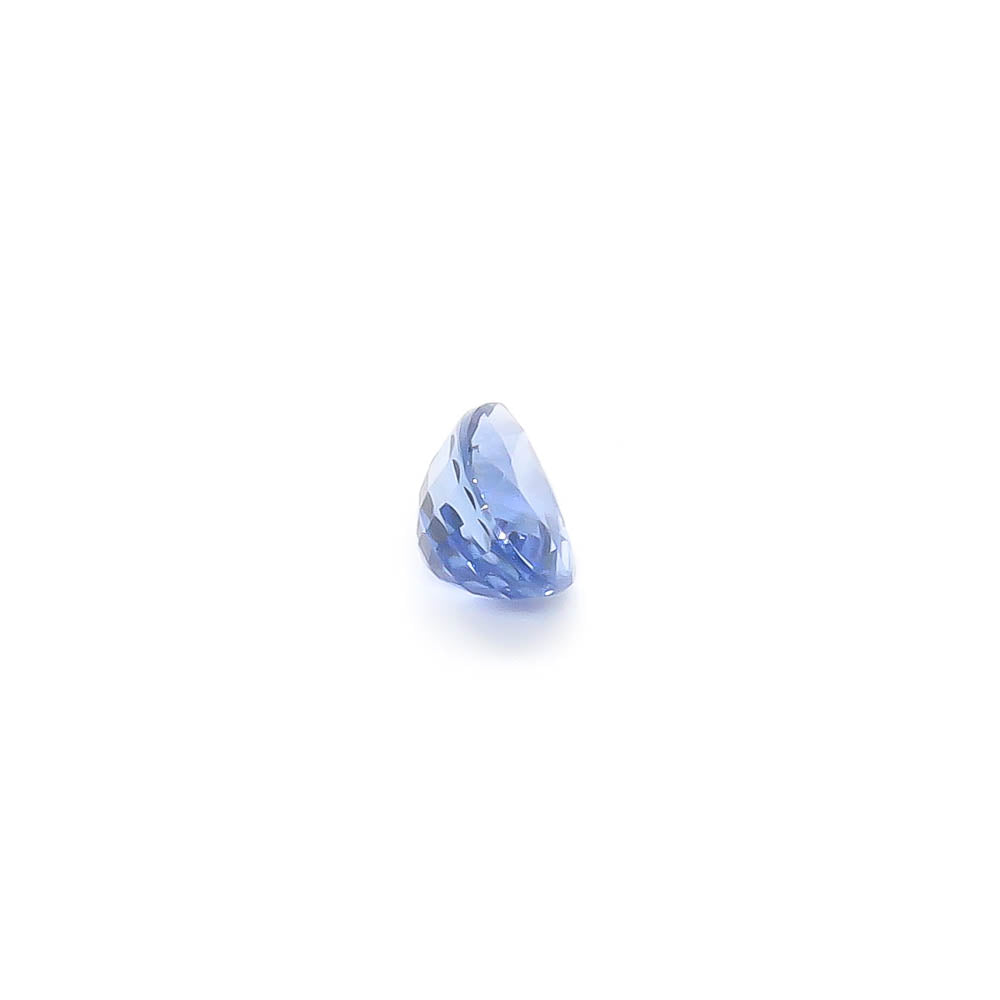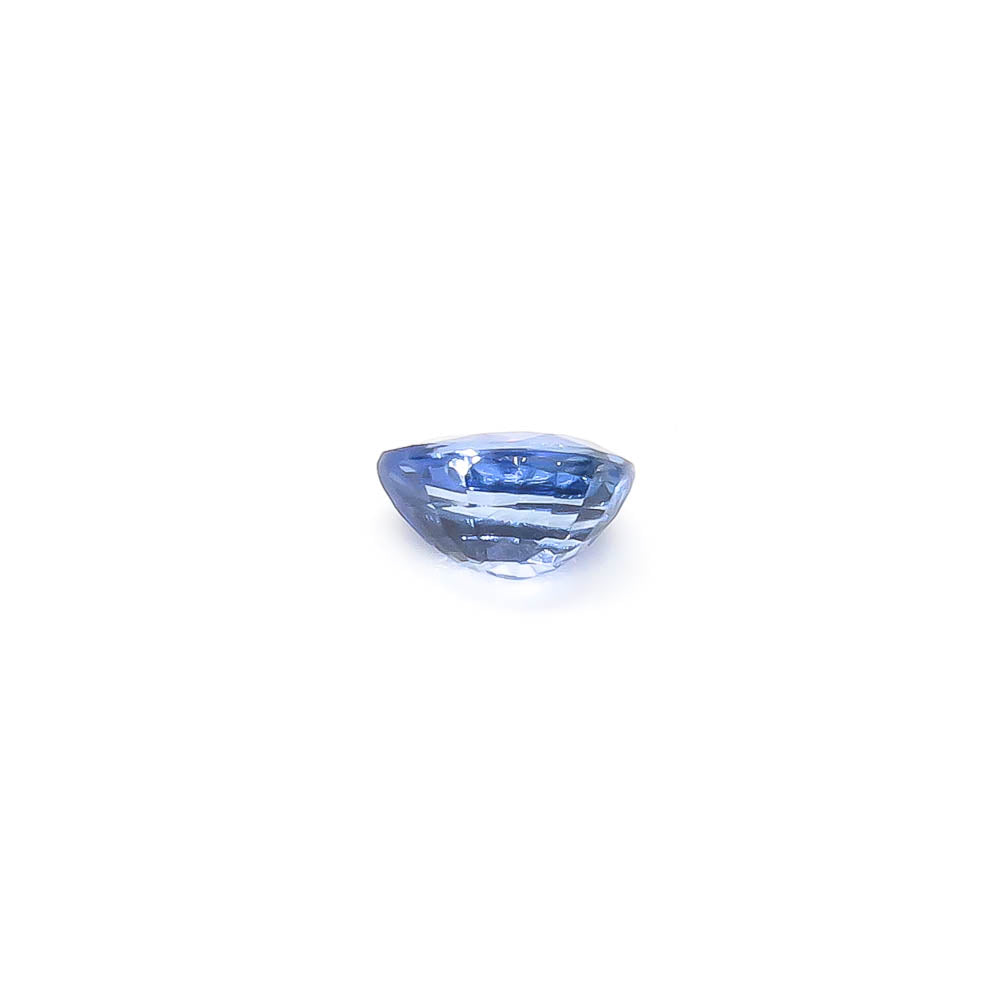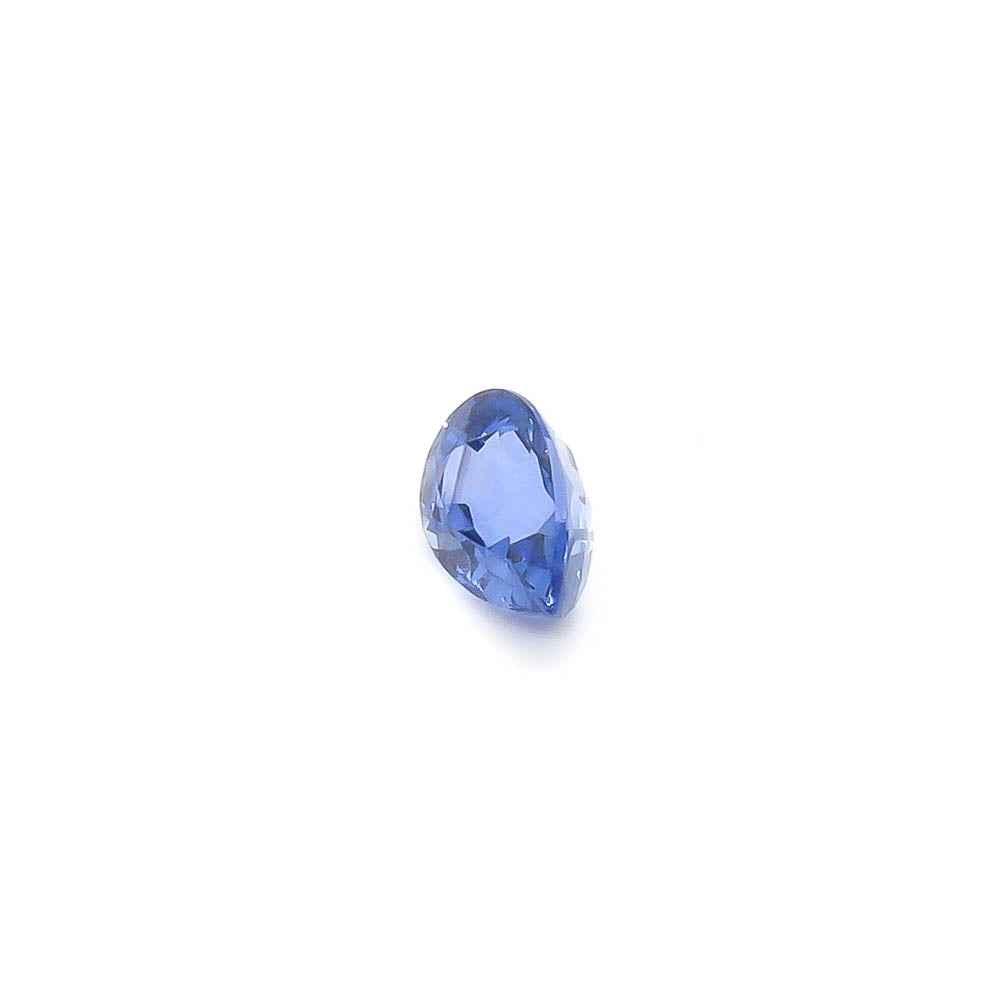Surita du Toit
1.12 ct Pear Shaped Natural Ceylon Blue Sapphire
1.12 ct Pear Shaped Natural Ceylon Blue Sapphire
Couldn't load pickup availability
Share
*Please note all loose gemstones are sold on behalf of a third-party wholesaler and pricing is therefore linked to the US$. Regular price updates are performed in order to accommodate fluctuations in the exchange rate and may be carried out without prior notice. Dispatch on loose gemstones will take place 2 working days after purchase to allow for shipping from the supplier to my studio. I do regular inventory updates with them to ensure accuracy, but since these stones are also offered for sale to other jewellery designers, it may happen that a particular stone is no longer available at the time of purchase. In such a case you will receive the opportunity to change your order or a full refund.
This lovely 1.12 carat natural sapphire has a bright blue colour.
Sapphire is the traditional September birthstone, as well as the 5th (blue), 7th (yellow), 10th (blue), 45th, 65th (star), 70th and 75th wedding anniversary stone. Yes, really, all of those.
Weight: 1.12 carat
Cut: Pear Shaped
Colour: Bright cornflower blue
Clarity: VVS1
Length: 7.1 mm
Width: 5.1 mm
Depth: 3.8 mm
Origin: Ceylon (Sri Lanka)
Treatment: Heat
Certificate: No – Can be certified at an extra charge.
About Sapphire:
Species: Corundum
Chemical composition: Aluminium Oxide
Deposits found in: Sri Lanka, Burma, Madagascar, Tanzania, Thailand (Chantaburi & Kanchanaburi), USA (Montana), Brazil, Cambodia, China, Kenya, Malawi, Nigeria, Pakistan, Rwanda, Vietnam, Zimbabwe and Australia.
Known colours: Various tones of blue, colourless, pink, orange, yellow, green, purple, black
Mohs Hardness: 9
Sapphire takes its name from the Greek word for ‘blue’ and historically this name has been applied to any blue stone regardless of its actual chemical composition. It was only in the 1800’s, when corundum was identified as a species that the word sapphire came to refer, initially, to the blue variety, and ruby to the red. Today the word sapphire is used to describe any corundum which does not fall in the red colour range, which is reserved for ruby, but only the blue variety is referred to simply as sapphire. All other colour variants are qualified with their colour before the word sapphire.
Corundum can be very successfully grown in the laboratory, and at a fraction of the price, therefore care should be taken to avoid misleading marketing practices. The material has various industrial applications, but a large amount of stones are produced each year specifically for the jewellery industry. Laboratory grown corundum is chemically identical to natural corundum.
(BLUE) SAPPHIRE
Corundum in which the colouring agents iron and titanium are present, produces a blue colour of varying tones. The inclusion of vanadium can produce violet tones. Currently some of the most prominent mines for high quality sapphire are in Sri Lanka (historically known as Ceylon), and Madagascar. The most desirable colour is a pure royal or cornflower blue. Historically the highest quality sapphires were mined in Kashmir, India, but that deposit is said to be depleted.
PADPARADSCHA SAPPHIRE
Padparadscha sapphire is a colour variety of corundum with a pinkish-orange hue. It takes its name from its resemblance to the colour of the lotus flower, and is one of the most expensive sapphire varieties.
YELLOW & ORANGE SAPPHIRE
This colour variety ranges from pale to deep yellow or orange, and the colour is produced by iron and vanadium in varying concentrations.
PINK SAPPHIRE
One of the more popular colours, the line between what is considered pink sapphire and what is considered ruby is blurry, and very subjective. A dealer or producer will typically categorize a stone as the variant they can expect to get the highest price for. In some cases a low quality ruby will fetch a higher price than a pink sapphire, and in other cases it is the other way around. The colouring agent in pink sapphire is chromium.
GREEN SAPPHIRE
Low iron levels produce yellow to green tones in corundum.
Most sapphires will exhibit some fluorescence in black light, some of them quite strongly.
TREATMENTS
Always assume that sapphire was heated unless otherwise stated. The practice dates back thousands of years, is ubiquitous in the industry and improves the colour and clarity of most crystals. Since heating is a process that might have occurred under natural conditions, it is not considered a dishonest practice, unless it is undisclosed, but it does leave tell-tale signs that can be identified by a laboratory. Other, more frowned upon but still very common treatments include; fracture filling, lattice diffusion and irradiation. For more information on the process you can watch this webinar hosted by the GIA.
Untreated stones fetch enormous prices and are usually accompanied by a certificate.
Please note: We take great care to ensure that the photographs are an accurate representation of the actual stone, but due to differences in screen quality and resolution, and the fact that the colour of a gemstone is dependent on the type of light it is viewed in, some variation is possible.
Stock Code: RM746377
